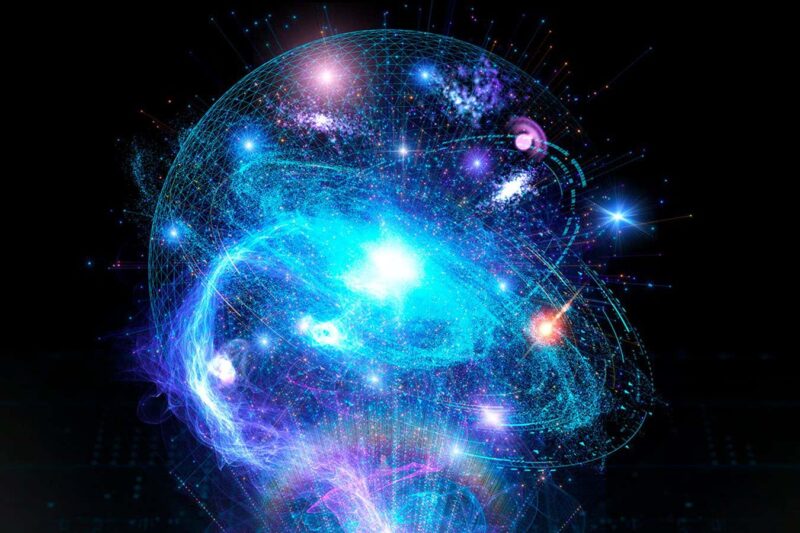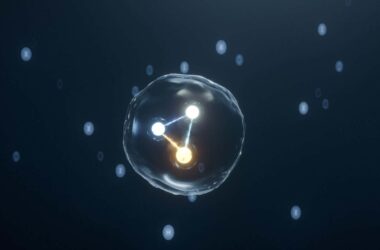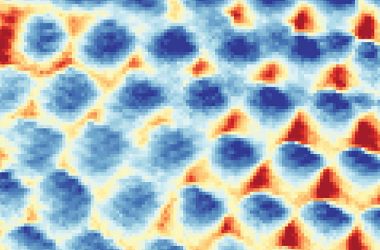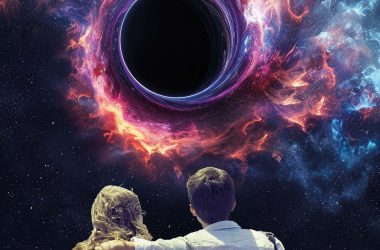In a bold proposition in November 1997, physicist Juan Maldacena unveiled an audacious concept that would radically reshape our understanding of the universe. He suggested that space-time, the very fabric of our reality, might be a hologram. While this notion was initially received as a flight of fancy, it has since gained substantial credibility and is now regarded as one of the most significant theoretical advances in the scientific arena.
The Holographic Universe hypothesis addresses the elusive puzzle of quantum gravity, presenting an intriguing possibility of harmonizing quantum physics and general relativity, two key pillars of physics that have often seemed incompatible.
Despite the holographic conjecture remaining a mathematical hypothesis, and its model universe possessing an unconventional geometry different from our observable universe, the principle has shown its worth in solving intricate problems in the realms of particle physics and black holes. Furthermore, strides are now being made in demonstrating how the holographic principle could potentially apply to our own cosmos.
This article unravels the intrigue of physicists around the idea of a holographic universe and dives into the rationale behind the persistent interest in this concept.
A Fascinating Quantum World
At the core of the holographic principle is an attempt to reconcile quantum mechanics, which governs the universe’s smallest particles, and general relativity, which describes gravity and the vast cosmos. These two theories have been at odds for decades, with their predictions clashing at extreme scales such as the singularities inside black holes or at the moment of the Big Bang.
Maldacena’s holographic universe suggests that everything we perceive in our three-dimensional world might emerge from information encoded on a two-dimensional surface at its boundary, much like a hologram. The concept provides a mathematical toolbox that allows physicists to translate complicated questions about gravity into more tractable problems in quantum mechanics, and vice versa.
Testing the Holographic Principle
Although Maldacena’s theory was initially met with skepticism, numerous subsequent studies have demonstrated that it holds up remarkably well under mathematical scrutiny. Despite this, direct experimental evidence for the holographic principle in our universe is still lacking, as our cosmos doesn’t precisely match the idealized mathematical models in which the principle has been tested.
Nevertheless, physicists are exploring ways to test the theory in our universe. While definitive proof of the holographic universe might be a long way off, even partial evidence could revolutionize our understanding of space, time, and reality itself.
In conclusion, the idea of a holographic universe has captivated the scientific community not only for its theoretical beauty but also for its potential to solve some of the most challenging puzzles in physics. Whether we indeed live in a hologram remains to be seen, but the journey of exploring this concept is sure to reveal profound insights about the very nature of our universe.












